# Debunking 10 Popular Myths About Space
Written on
Chapter 1: Misunderstandings About Stars
Many people believe that the stars visible in our night sky are long extinct, but this is a misconception. Light travels at a speed of approximately 300,000 km/s, meaning it takes time to reach Earth. The majority of the roughly 6,000 stars we can see with the naked eye are located within a thousand light years from our planet. Given that many stars live for billions of years, it's improbable that all or even a significant number of them have died out simultaneously.

Section 1.1: The Nature of Black Holes
A common myth suggests that black holes act as cosmic vacuum cleaners, drawing in everything around them. In reality, they function similarly to any other massive celestial body. The concept of escape velocity applies here; for an object to break free from a black hole's gravity, it needs to move faster than light at its event horizon. However, at a distance, black holes act like typical stars, and objects traveling quickly enough can avoid being drawn in.
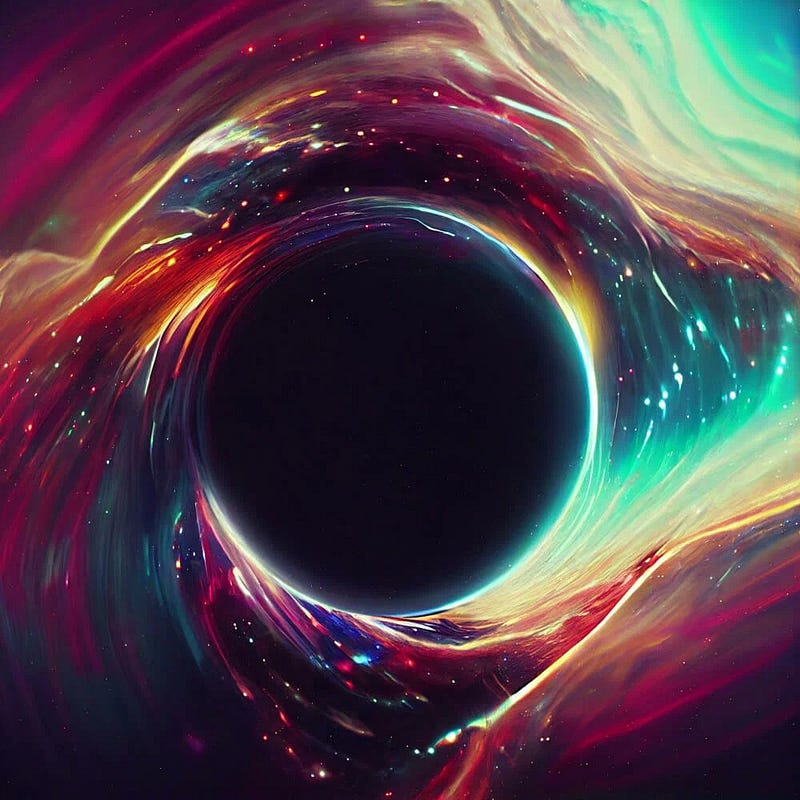
Section 1.2: The Big Bang Explained
While it is widely accepted that the universe began with the Big Bang approximately 13.8 billion years ago, this event should not be mischaracterized as an explosion. Rather, it represents an expansive stretching of space. Picture inflating a balloon; as it expands, the dots on its surface move apart without a central explosion. This analogy applies to our universe, where three-dimensional space is continually expanding.

Chapter 2: The True Nature of Space
Section 2.1: Is Space a Vacuum?
Although outer space is often deemed a vacuum, it is not devoid of matter. It contains traces of hydrogen, making it far less empty than a perfect vacuum we could produce on Earth. Thus, space cannot be fully classified as a vacuum.
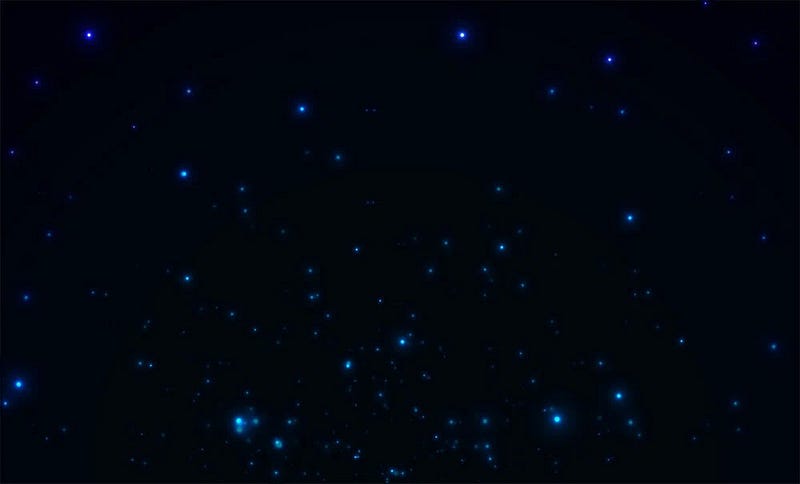
Section 2.2: Sound in Space
The idea that sounds cannot be heard in space is prevalent because sound requires a medium to travel through. Nevertheless, a NASA study found that sound waves can propagate in gas-rich areas of space, like near certain black holes, indicating that sound could exist in specific scenarios.

Chapter 3: Common Planetary Misconceptions
Section 3.1: The Hottest Planet
Many believe Mercury is the hottest planet due to its proximity to the Sun, but Venus takes this title. With surface temperatures around 475 °C, Venus's thick carbon dioxide atmosphere traps heat, while Mercury's thin atmosphere allows for drastic temperature fluctuations.
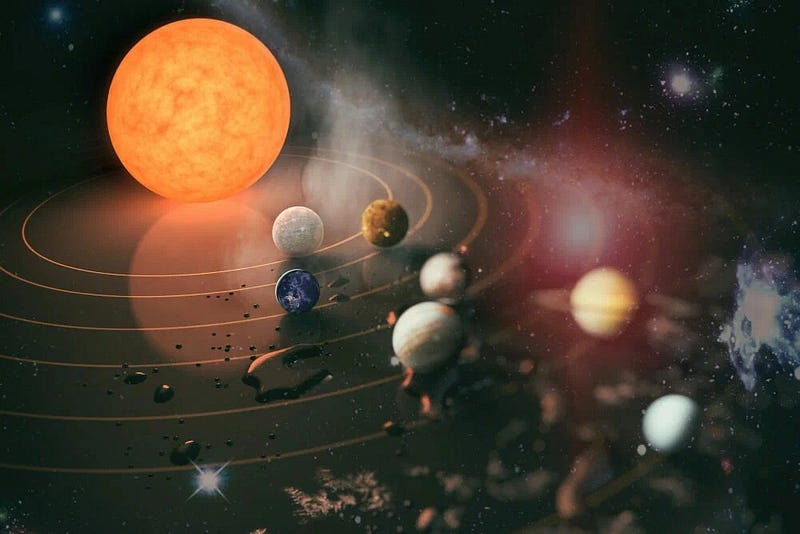
Section 3.2: The Sun's Appearance
The Sun is often depicted as a yellow ball of fire; however, it does not actually burn in the way we think of combustion. Composed mainly of hydrogen and helium, the Sun undergoes nuclear fusion, releasing energy in the form of gamma rays. The yellowish hue we perceive is due to the Earth's atmosphere scattering light.
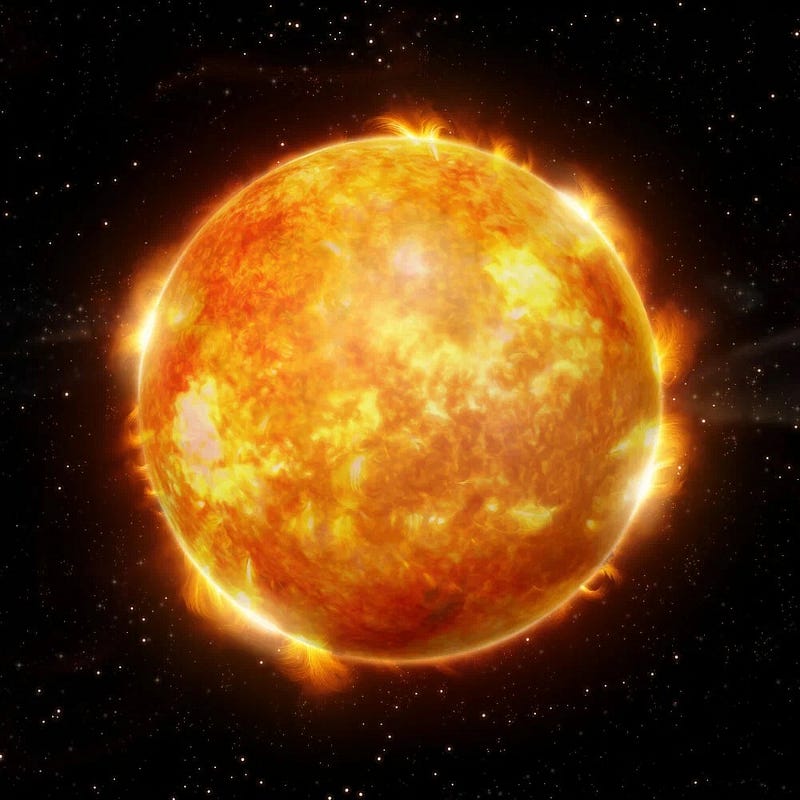
Chapter 4: Additional Space Misconceptions
Section 4.1: Earth’s Distance from the Sun
Many assume that Earth is further from the Sun in winter compared to summer, but this is a misunderstanding of Earth's elliptical orbit. The axis tilt is the primary reason for seasonal changes, with the northern hemisphere actually being closer to the Sun during winter.
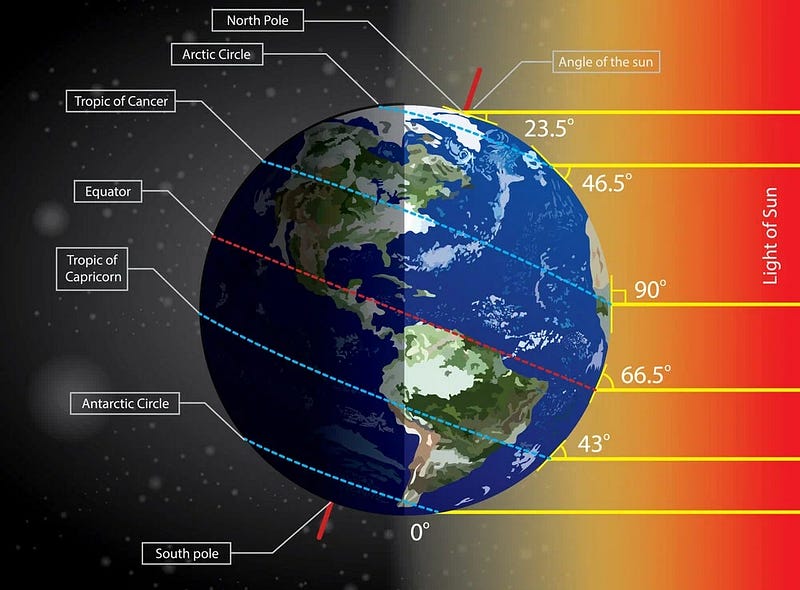
Section 4.2: Comet Tails
It’s a common belief that a comet's tail trails behind it as it moves through space. In fact, the tail always points away from the Sun due to solar wind and radiation pressure that push gas and dust particles away from the comet's nucleus.
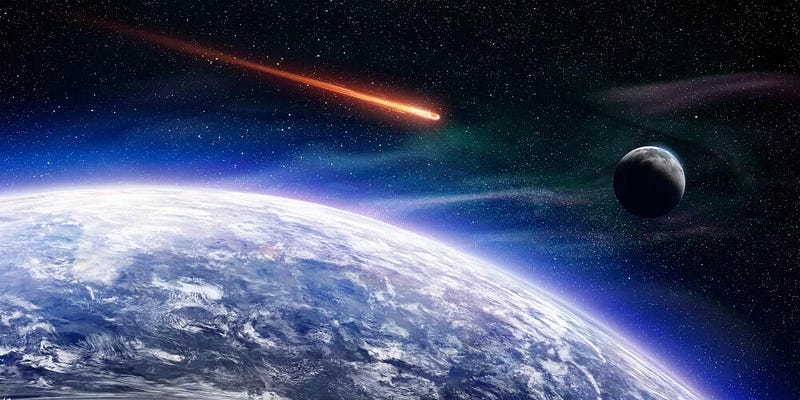
Section 4.3: Spacecraft Re-entry
The misconception that spacecraft heat up during re-entry due to friction is inaccurate. The intense heat is a result of pressure build-up from gas molecules unable to escape quickly enough, creating a layer of charged plasma around the craft.

In the video "Astronaut Chris Hadfield Debunks Space Myths," the renowned astronaut addresses various misconceptions about outer space, providing scientific clarifications and insights.
The video "Common Space 'Facts' That Are Actually Untrue" explores several widely believed myths in astronomy and physics, debunking them with factual information.
Feel free to reach out for more fascinating insights about space, and don't forget to subscribe to stay updated on our latest articles!